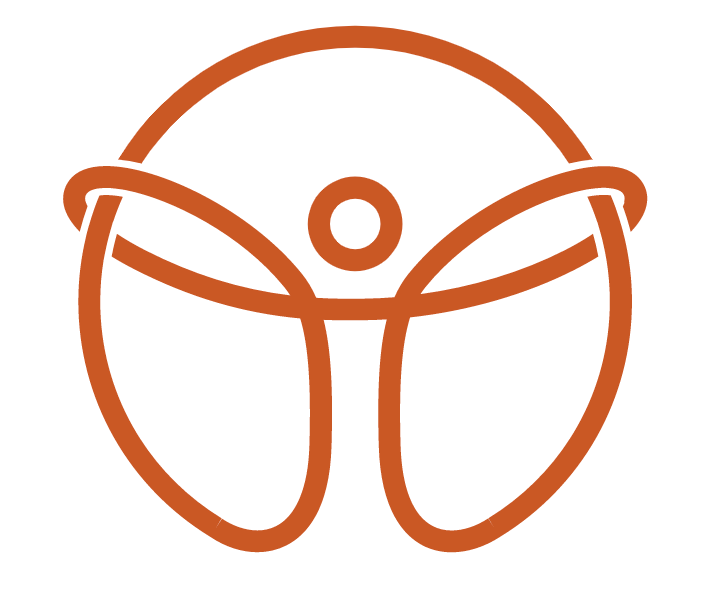Achilles Tendinitis - Symptoms, Prognosis and Conservative Treatment Options
Achilles tendinitis, a common injury affecting the Achilles tendon, can be a source of significant discomfort and limitation for individuals, particularly athletes and active individuals. From understanding its symptoms and causes to exploring conservative treatment options and rehabilitation approaches, let's delve into the comprehensive management of Achilles tendinitis.
Symptoms and Causes
Achilles tendinitis manifests as pain, stiffness, and swelling in the Achilles tendon, the band of tissue connecting the calf muscles to the heel bone. Individuals with this condition often experience pain and tenderness along the back of the ankle, which may worsen with physical activity such as running or jumping and improve with rest. Causes of Achilles tendinitis include overuse or repetitive stress on the tendon, improper footwear, tight calf muscles, and biomechanical issues such as flat feet or high arches.
Prognosis
The prognosis for Achilles tendinitis varies depending on factors such as the severity of the injury, adherence to treatment protocols, and underlying contributing factors. With proper management and rehabilitation, many individuals experience significant improvement in symptoms and function within a few months. However, untreated or chronic cases of Achilles tendinitis may lead to persistent pain, tendon degeneration, and increased risk of rupture.
Conservative Treatment Options
Conservative treatment options play a crucial role in managing Achilles tendinitis and promoting healing and recovery. Among these options are acupuncture, Active Release Technique (ART), chiropractic manipulation, and the rehabilitation through plans such as the Alfredson protocol.
Acupuncture
Acupuncture involves the insertion of thin needles into specific points on the body to alleviate pain and promote healing. By targeting acupuncture points associated with the lower leg and foot, acupuncture can help reduce inflammation, relieve muscle tension, and improve blood flow to the affected area.
Active Release Technique (ART®)
ART is a specialized soft tissue therapy aimed at breaking down adhesions, scar tissue, and muscle imbalances contributing to pain and dysfunction. ART practitioners use manual techniques to release tight muscles and fascia surrounding the Achilles tendon, restoring optimal tissue mobility and function.
Chiropractic Manipulation
Chiropractic manipulation focuses on restoring proper joint function and alignment, particularly in the foot and ankle complex. By gently adjusting and mobilizing the joints, chiropractors can alleviate bio-mechanical issues and reduce stress on the Achilles tendon, supporting the healing process.
Rehabilitation through the Alfredson Protocol (Details of the Alfredson Protocol)
The Alfredson Protocol, named after its creator, Dr. Håkan Alfredson, is a renowned rehabilitation approach specifically designed to address Achilles tendinitis. This evidence-based protocol focuses on eccentric exercises to strengthen the Achilles tendon and promote healing. Let's delve into the details of the Alfredson Protocol and how it can effectively manage Achilles tendinitis.
Understanding Eccentric Exercises
Eccentric exercise involves lengthening the muscle-tendon unit while under tension. In the context of Achilles tendinitis, eccentric exercises target the Achilles tendon, stimulating tendon remodeling and increasing tendon strength.
Eccentric Heel Drop Exercises
The cornerstone of the Alfredson Protocol is the eccentric heel drop exercise. Here's how to perform it:
Stand on the edge of a step or raised surface with the balls of your feet on the step and your heels hanging off the edge.
Rise up onto your toes using both feet, then shift your weight onto the affected leg.
Slowly lower the heel of the affected leg below the level of the step, allowing the Achilles tendon to stretch.
Once the heel is lowered as far as possible, push back up to the starting position using both feet.
Repeat for a total of three sets of 15 repetitions, twice daily.
Progressive Loading
The Alfredson Protocol emphasizes progressive loading of the Achilles tendon to stimulate adaptation and healing. As tolerance and strength improve, individuals may gradually increase the intensity of the exercises by adding weight (e.g., holding dumbbells) or progressing to a single-leg eccentric heel drop.
Duration and Frequency
The Alfredson Protocol is typically implemented over a 12-week period, with exercises performed twice daily. Consistency and adherence to the prescribed frequency are crucial for optimal outcomes.
The Alfredson Protocol offers a structured and evidence-based approach to Achilles tendinitis rehabilitation, focusing on eccentric exercises to strengthen the Achilles tendon and promote healing. By understanding the principles and implementing the exercises correctly and consistently, individuals can effectively manage Achilles tendinitis, alleviate pain, and restore function to the affected tendon.
Achilles tendinitis is a challenging condition that requires a comprehensive approach to management and rehabilitation. By understanding its symptoms and causes, exploring conservative treatment options such as acupuncture, ART, and chiropractic manipulation, and considering rehabilitation approaches like the Alfredson protocol, individuals can effectively manage their condition, alleviate pain, and restore function to the affected tendon. However, it's essential to consult with healthcare professionals to develop a personalized treatment plan tailored to individual needs and preferences. With dedication and adherence to treatment protocols, individuals can overcome Achilles tendinitis and return to their active lifestyle with confidence and resilience.
See our Achilles Tendinitis Reel on our Instagram or Youtube page for additional exercises to try out!

